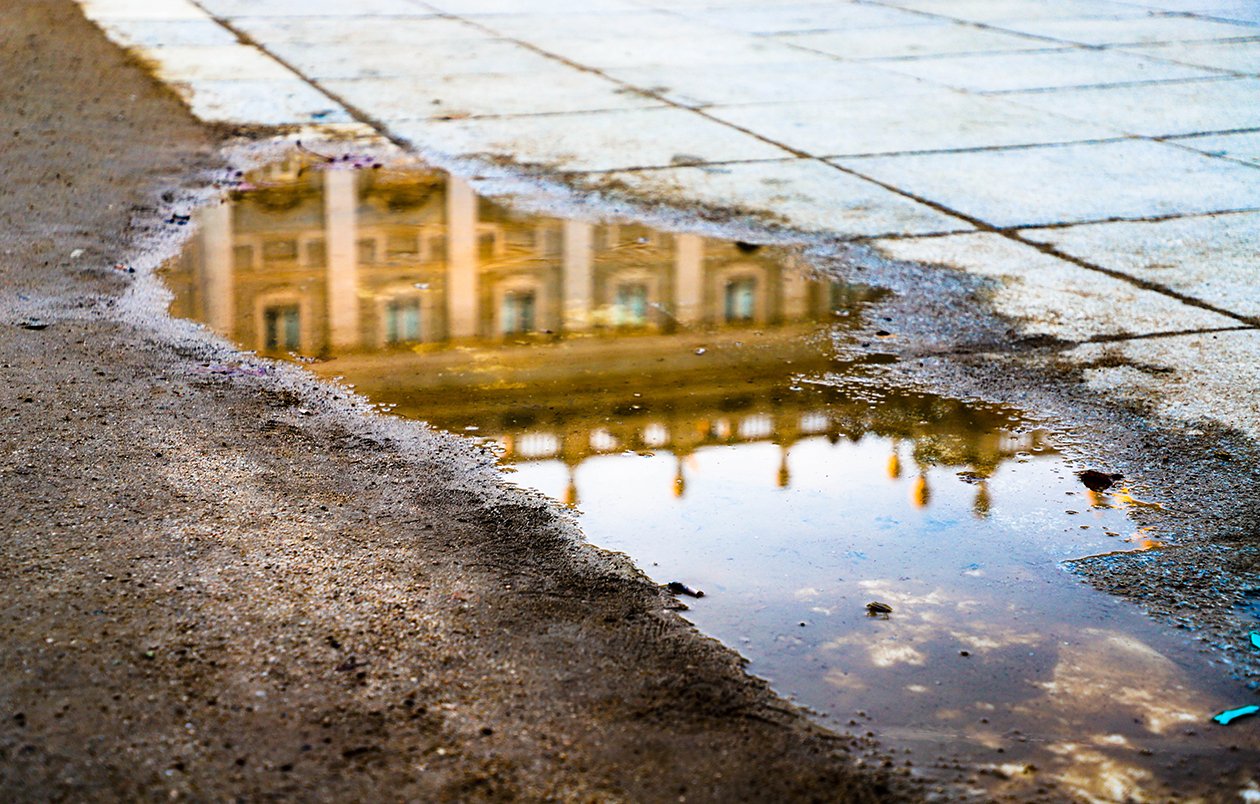“Every child is an artist; the problem is staying an artist when you grow up”
– Pablo Picasso.
Philosophy of Teaching
In recent work I have found a strong connection between the material and its intention; a common thread which runs through my studio practice and lesson plans. I have become more scrupulous to choose a material that best matches the content and context of the artwork and lesson. What matters most in any field of study depends on that context, and the context is influenced by the economics and politics of the time. So why visual art? Art allows us to notice the world, to promote awareness we have not consciously experienced yet. It gives permission to engage the imagination as a means for exploring new ideas, and becomes transformative in its ability to share life and promote growth through experiences. These experiences expand our consciousness, shape our disposition, satisfy a quest for meaning, establish contact with others and share a culture. Pursuit as an artist is a pursuit of freedom. It allows presence in life; to attend to the senses of taste, sound, sight, and touch. The techniques employed are allowed to tell their own story. Moments are extended or broken to create disruptions or harmonic attachments within the design. Visual relationships are made vivid. The relational value of this helps us notice and understand a particular environment and our place within it. The art room is a space where the student artist is free to experiment, practice, and revise. It, like the studio is built on personal experiences and development of a strong interior space. Experience is central to personal growth and so in turn art education is the process of learning to create ourselves. It is a place where the student artist can discover what moves them. In the art room students are encouraged to take risks, be comfortable in ambiguity, exercise judgment free from prescriptive rules, and participate in research driven by their own interests. By asking questions, the student artist can dig deep, and look closely. Student artists can turn their attention inward, develop their own individual autonomy while also learn to perceive subtleties and recognize complexities in the world. What the student artist discovers, generates surprise; and Surprise is a source of satisfaction for the artist. An art teacher is a designer of situations who builds upon what the students know and value. Organizes, structured environments with clear expectations allow self-directed learning in varied work spaces. Available tools and art materials are introduced to student artists who can then access and arrange these materials independently to initiate and explore their artwork. In the art room student voice and agency allows a community of learners to build trust in themselves, the teacher, and each other. Students have to trust their teacher enough to risk the vulnerability of sharing things that are important to who they are and take on the risk of failure as they develop their own art ideas. The art room affords students an opportunity to develop their persistence, to explore their individuality, to share what they have learned with others, and to learn from others what they themselves do not yet know. It gives opportunities to pursue their individual visions and learn to use a wide variety of tools and how to care for them. There is a definitive correlation between what I ask from myself in the studio and what I expect of my students in the classroom. Student artists advances their artistic processes through exploration and discovery, inquiry and ideation, reflection and revision, and self evaluation and presentation. Collaboration is essential, knowledge is process based, and connectedness is supported through risk taking and self regulation. I use my strengths as an artist to inform my educational practice and my strength as an educator to inform my artist practice. It is a symbiotic ebb and flow of inspiration between the parts I find to be most meaningful in life.















